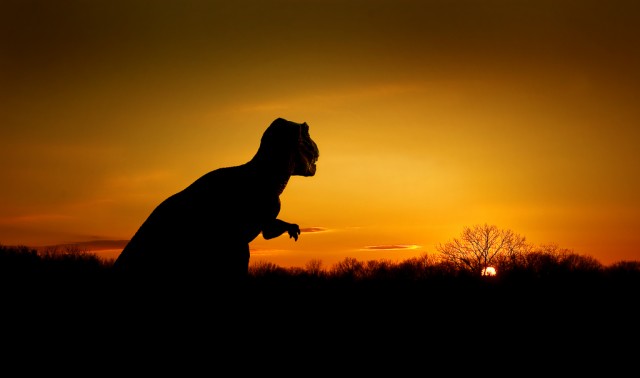The bigger they are, the harder they fall” might have applied to some individual behemoths during the hey-day of the dinosaurs, but it also held true for the rock from space that did them in.
As best we can make out, a 10 kilometer wide asteroid struck the Earth along the coast of the Yucatán Peninsula back then and produced a shockwave and fireball of unfathomable scale. As tsunamis swept across the Gulf of Mexico and wildfires raged, huge amounts of sulfur (from rock vaporized by the impact) and soot were lifted into the air, blocking sunlight from reaching the surface. With the fires followed by cold and greatly diminished photosynthesis (sunlight might have dropped by 80 percent), ecosystems collapsed.

No comments:
Post a Comment